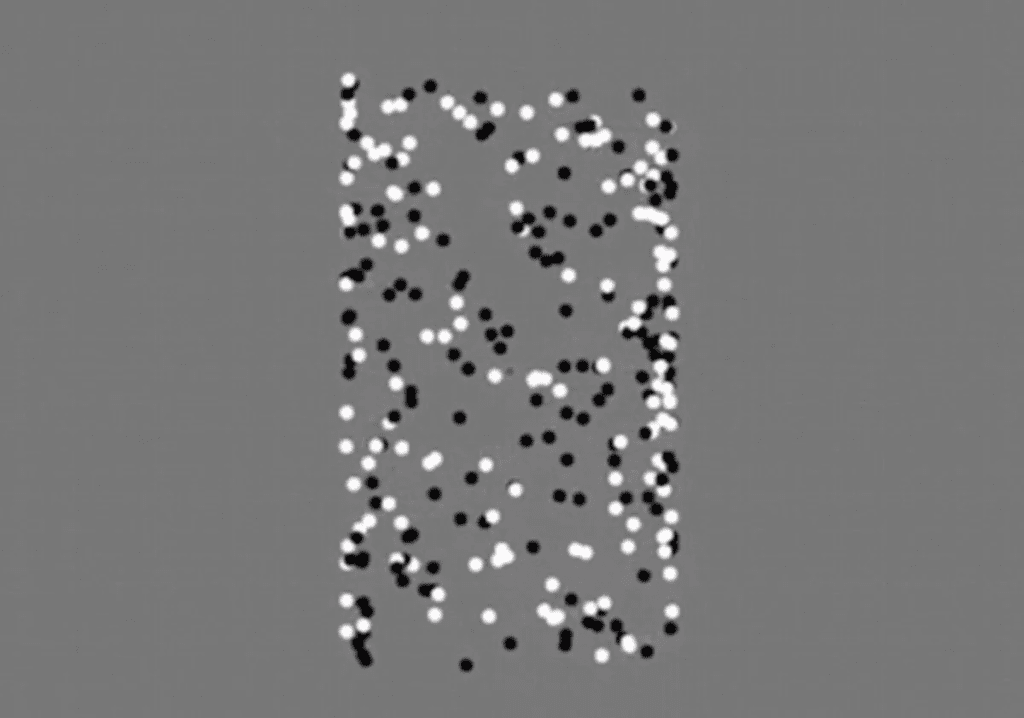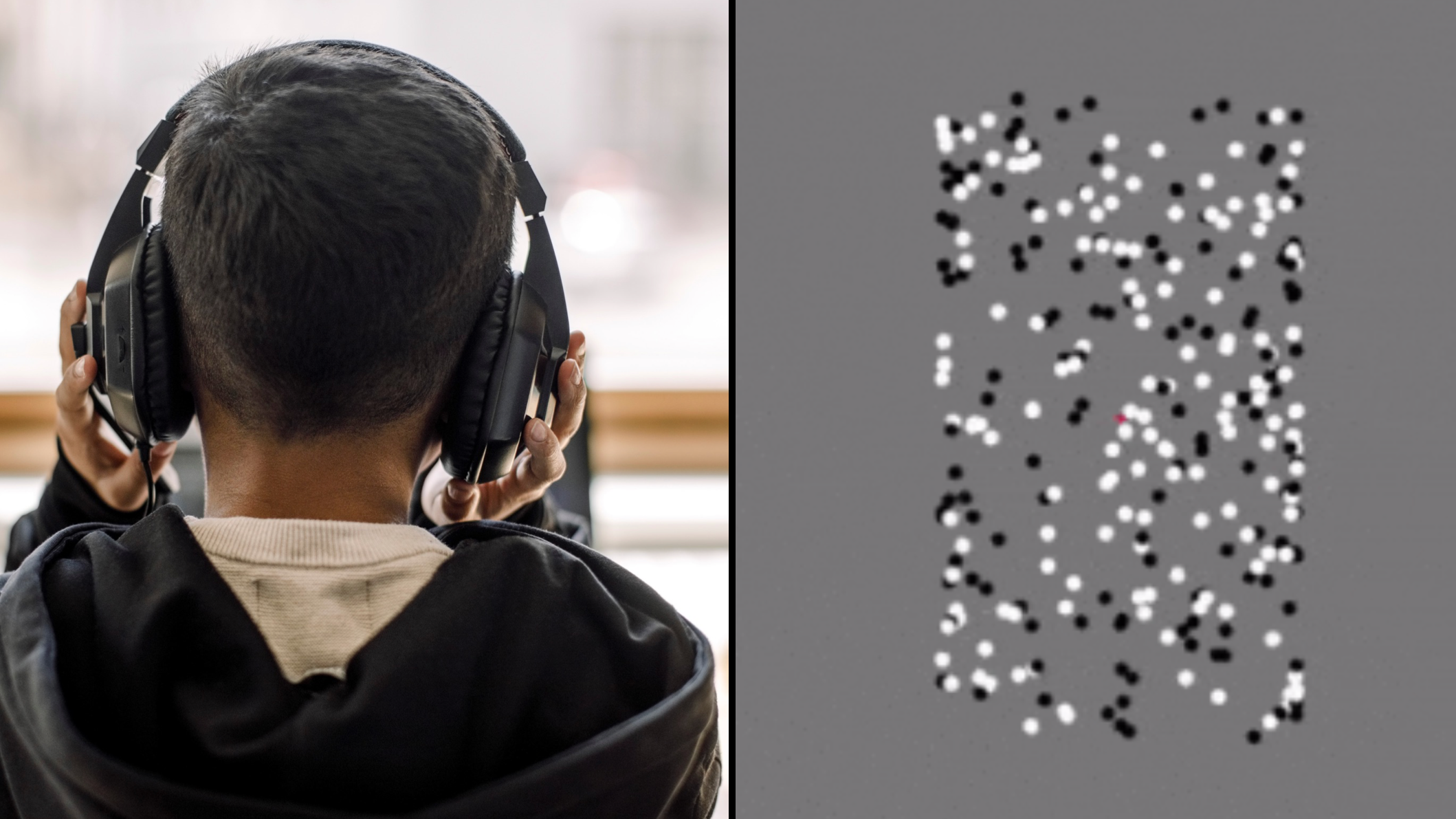In our world of rapid technological and medical advancements, scientists are constantly uncovering new ways to understand the human mind. One recent breakthrough in this realm comes from an unlikely source: optical illusions. Certain illusions are now helping researchers identify traits associated with autism by examining how people perceive visual patterns. This fascinating connection between visual processing and the autism spectrum might pave the way for quicker, more accessible screenings for autistic traits.
Let’s dive into how these illusions work, what they reveal about the mind, and what this means for understanding autism.
The Science Behind Optical Illusions and Autism

The interplay between light, shadow, and perception in optical illusions can reveal incredible insights about neurological processes. In a 2018 study published in the journal eLife, researchers presented participants with a spinning cylinder illusion, created by the movement of white and black dots in opposite directions. The illusion’s trick lies in how the brain processes it: some people see a seamless spinning cylinder, while others focus on the individual dots.
But why does this matter? Because people on the autism spectrum tend to process visual information differently, they often perceive the details of the black and white dots rather than the overall rotation. The illusion thus offers a window into their unique way of processing the world, highlighting a key characteristic of autistic traits—enhanced attention to detail.
How Pupil Response Connects to Autistic Traits
One of the most intriguing parts of the study was tracking participants’ pupil responses. By observing how pupils reacted to the optical illusion, researchers could detect a pattern: individuals who scored higher on tests for autistic traits displayed a unique oscillation in their pupil size. Their pupils flickered between focusing on the black and white dots, indicating a distinct, detailed-oriented processing style.
This flickering response isn’t just a fascinating biological quirk—it could be a potential screening tool. With further research, healthcare providers might be able to use similar illusions to conduct quick, non-invasive screenings for autistic traits, reducing the need for lengthy assessments.
The Potential of Optical Illusions as a Diagnostic Tool
Traditional methods for diagnosing autism often involve comprehensive evaluations that can take time and resources. The possibility of using optical illusions as an initial screening tool is a game-changer. While these illusions won’t replace a clinical diagnosis, they could be a valuable first step in identifying individuals who may benefit from further evaluation.
Here’s how this could work in practice:
- Quick Screening: Individuals could watch a brief optical illusion while their pupil response is measured.
- Immediate Insights: The patterns in their pupil oscillations could provide immediate clues about their visual processing style.
- Guiding Further Evaluation: If the response indicates detailed-oriented visual processing, it could prompt healthcare providers to conduct more thorough assessments for autism.
Such a tool could be especially useful for children or those in remote areas where access to specialized assessments is limited.
What This Discovery Reveals About Visual Processing in Autism
The implications of this research go beyond diagnostics. Understanding the unique visual processing tendencies of individuals on the autism spectrum allows us to appreciate how they experience the world differently. People with autism often pay close attention to details that neurotypical individuals may overlook. This detail-oriented focus is reflected in how they view certain optical illusions and can help us better understand their perceptual strengths.
Imagine a world where we design environments, tools, and educational systems based on these insights. By recognizing the unique ways people with autism process visual information, we can develop better support systems tailored to their strengths and perspectives.
The Role of Optical Illusions in Fostering Empathy and Inclusivity
Optical illusions are more than just a scientific tool—they offer us a glimpse into the lived experiences of those with autism. When we consider how people with autism see the world, it helps us develop empathy and an appreciation for diversity. The different ways people perceive the spinning cylinder illusion highlight the diversity of human experience and encourage us to celebrate the unique abilities of individuals on the spectrum.
By embracing this diversity, society can become more inclusive, recognizing that autism isn’t a deficit to be “fixed.” Rather, it’s a distinct way of interacting with the world that deserves respect and admiration.
Looking to the Future: What Optical Illusions Mean for Autism Research

This research into optical illusions and autism is just the beginning. As scientists continue to explore the connection between visual processing and neurological traits, we may uncover even more effective tools for understanding and supporting individuals on the spectrum. This could lead to:
- Advanced Screening Methods: By refining this approach, scientists could develop more sophisticated optical illusions that reveal a wider range of traits.
- Personalized Support Systems: Insights from visual processing studies could inform new educational and therapeutic strategies tailored to each person’s strengths.
- Assistive Technologies: Imagine a world where assistive technologies adapt to how individuals with autism perceive visual information, creating more intuitive tools for communication and learning.
As we continue to unlock the mysteries of the brain, these discoveries remind us of the complexity of human cognition and the incredible potential within each mind.
Conclusion: Celebrating the Diversity of the Human Mind
Optical illusions offer a fascinating window into the ways our brains work. In the case of autism, they reveal how detail-oriented processing can shape an individual’s perception, providing both valuable diagnostic insights and a deeper understanding of the autism spectrum. The idea that a simple optical illusion could serve as a screening tool highlights the potential for innovative, accessible approaches to healthcare.
Moving forward, let’s approach these findings with a sense of wonder and compassion. By understanding and celebrating the unique strengths of individuals with autism, we can build a more inclusive society—one that values the diversity of human thought and experience. Optical illusions may just hold the keys to unlocking a richer understanding of the extraordinary minds that make our world so vibrant.


